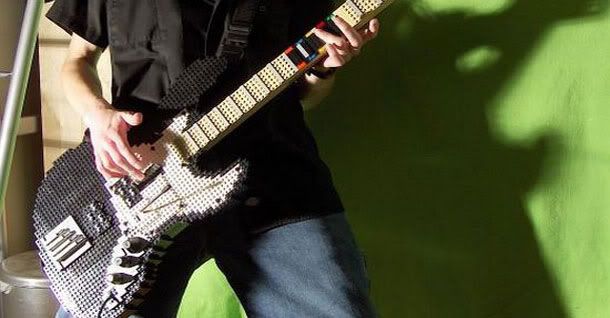The Barre Chord
You learned all the basic open chords, and practiced until you can move between them smoothly and even start to learn guitar easy songs. Now it's time to take a guitar string more challenging beginner: the barre chord.
This is a form of chords that can be played on any fret on the guitar because it does not use any open strings. Instead, the finger makes a bar across the fretboard, playing three notes at once. To make this work you need to rotate your wrist so forward, get that finger as flat as possible, and dive on the fretboard. Here is what it seems at first fret, which gives the chord:
F major barre
0 1 2 3 4 5
E |—|- 1 -|—|—|—|—|
B |—|- 1 -|—|—|—|—|
G |—|—|- 2 -|—|—|—|
D |—|—|—|- 4 -|—|—|
A 3 |—|—|—|- -|—|—|
E |—|- 1 -|—|—|—|—|
In terms of learning guitar chords, This is the rite of passage: the master of officially barre chord and you learned to play chords beginner guitar. It is not easy, but do not give up! Pick each string one at a time and make sure you can clearly hear every note ring. If the notes on the first finger is not clear, make sure the finger is flat and pressed against the Tigh strings. This is not a natural position, so do not be discouraged if not perfect in the first place. This will strengthen your fingers, improve their coordination, and make it easier to learn guitar chords that are more advanced and require large areas.
Once you've mastered the barre chord, is easy to play a minor chord: just lift the middle finger, like this:
F minor barre
0 1 2 3 4 5
E |—|- 1 -|—|—|—|—|
B |—|- 1 -|—|—|—|—|
G |—|- 1 -|—|—|—|—|
D |—|—|—|- 4 -|—|—|
A 3 |—|—|—|- -|—|—|
E |—|- 1 -|—|—|—|—|
Now you can move one way up the neck to play any chord you need the name of the chord is simply to note the index finger is touching the two sequences E.
That's it for this lesson: you are a master of chords beginner guitar, learned a rhythm guitar novice, and know the barre chord, which opens up many possibilities. The next class will continue with more chords, the rhythms, and music to liven things up. See you there!
Source








 10:21 PM
10:21 PM
 Basit Ally
Basit Ally

